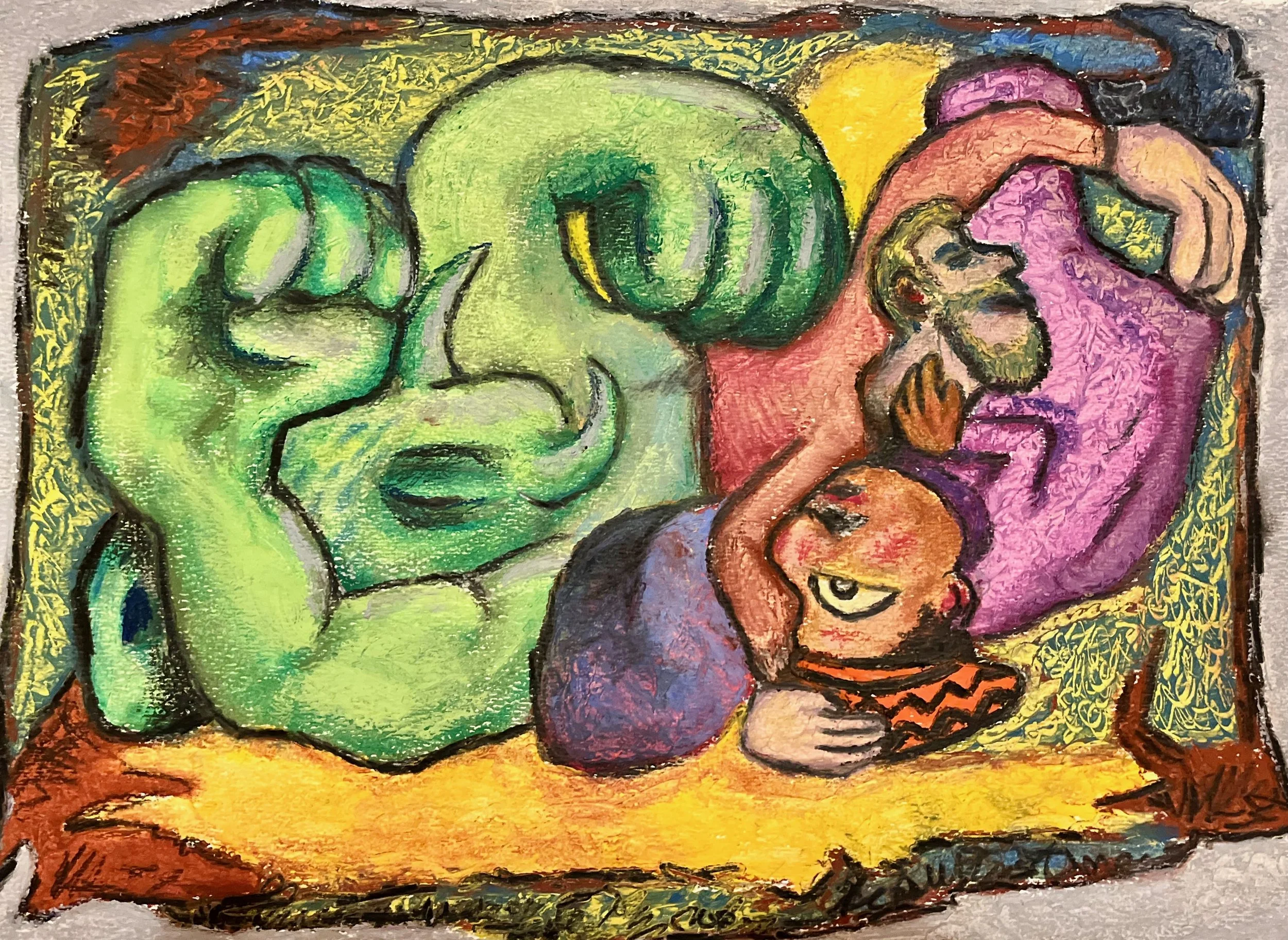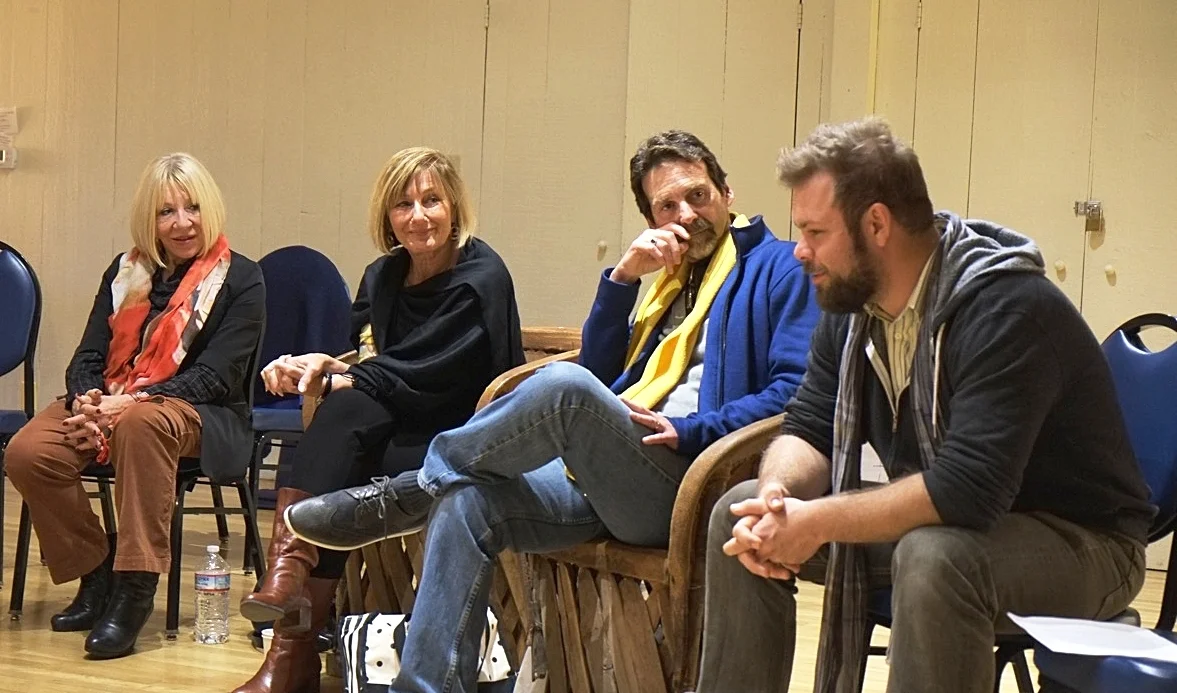Acknowledging, Befriending, and Questioning the Inner Skeptic
/By Troy Piwowarski, PsyD
I would like to acknowledge the work of Richard Schwartz, Ph.D. for his invaluable contributions to our collective understanding of the dynamic interrelationships of inner parts through his writings and proliferation of Internal Family Systems (IFS) theory. The concept of this article rests firmly on the foundation of IFS.
Our inner skeptics are protectors. They often arise in adolescence, at a time when our bullshit/hypocrisy radars are fully up. We begin to realize that adults don’t have all the answers as we once thought, and we become critical of the direction they offer. This is a normal aspect of development--we need a healthy dose of skepticism in order to individuate from our family and sort out “who am I apart from them?” When the family can tolerate and honor our need to individuate and still love us through the turbulence, our skeptical inner voice becomes integrated into healthy skepticism that’s balanced out by healthy trust in our attachments.
Inner skeptics have a way of getting cemented as long-standing protectors when the adults in our lives miss the mark in profound and injurious ways. If, for example, our parents are actually neglectful, or model a way of living that is not in integrity, this is wounding. As a protection against continuing to fully feel that wound, our inner skeptic gets fed by the hypocrisy. It begins to tell us “See? People really can’t be trusted. You can’t really count on anyone but yourself.” This insulates you by sealing off vulnerable feelings, what we would call “dependency needs.” Dependency needs are the more tender parts of us that need to be held, loved, and given affection and caring attention. While we never stop needing those things from people, our inner skeptic can be an expert at convincing us we don’t. “It’s too risky. What if the other person isn’t actually able to hold me after all? What if it turns out they’re only in it to gratify their own needs?”
Working with inner skeptics can be quite tricky. At first, we don’t even experience our inner skeptic as a part of us--we’re just skeptical, and that’s that. Even though someone could point out to us that we’re not always skeptical, it’s hard to see this as a part that is separate from other parts of ourselves. The directionality is pointed outward such that our skepticism is not actually located inside of me, it is a natural reaction to actions worthy of skepticism. In other words, it feels objective.
Yet as we delve deeper, we can begin to peel back the layers and see the roots of this part. The first step (let’s call it the Awareness Stage) is allowing ourselves to notice that our inner skeptic is a part, not the whole of who we are. If you’re a generally skeptical person, this can be more challenging, but most people have a trusting part that at least sees the light of day once in a while; it’s pretty hard to get by day-to-day without at least a modicum of trust in people. We might notice that what seemed objective from the view of the skeptic is actually a perception infused with story. We perceive a romantic interest not responding to a text message. The story, masterfully woven by the skeptic, points out yet another example that it’s foolish to trust in men or women, or in romance, or in people in general.
Once we’ve established an awareness of our skeptic as a separate, subjective part, our task becomes to inquire further into its motives. We might call this the Befriending Stage. What does this part want to protect me from? What is it afraid of? Because our skeptics come online to protect us from particular wounds, their fears are often specific. For one person, the fear is if I trust the other person, they’ll take advantage of me. For another, others aren’t strong enough to actually hold my tender feelings. By befriending and inquiring further about what our skeptic fears, we get to know why it came into being in the first place. The wound is the root of the skeptic.
In time, we can also ask “What is the cost of allowing the Skeptic to be in the driver’s seat?” Let’s call this the Questioning Stage. You’ll recall that the skeptic’s job is to seal us off from tender feelings that might arise if we were to trust others to hold, love, and support us. The other side of that coin is the severe cost of being persistently cut off from the tender contact we deeply crave. We can begin to notice and speculate, “What might I get to feel, experience, or share with others if my skeptic were willing to hang out in the back seat instead of driving the car?” The most potent way to experience this is by noticing it in vivo, as it’s happening. We get a rare glimpse into an alternate reality, a universe where we could lean into trusting people and getting the relational goodies that come with that trust.
One day, we’ve asked the question enough times to feel ready to take the risk. We take a leap by asking our skeptic to step aside, and we risk leaning into trusting the other to be there for us. Hopefully, we’ve chosen well, and the person is available after all. This becomes the first data point of many to come that trusting in well-chosen people is generally a worthwhile risk. But it’s rarely the light bulb moment that demarcates permanent change. Deeper change comes from a campaign over years of time, noticing our skeptic, befriending it, weighing the risk with the reward, and taking the leap again and again. Experience is our truest teacher. It’s our basis for personal wisdom.
Of course, our inner skeptics will always be with us, and by no means would we want to get rid of them. Doing this inner work often leads to renegotiating the skeptic’s job. Perhaps they don’t have to guard us so vigilantly, but they can help us discern who is deserving of our trust.


